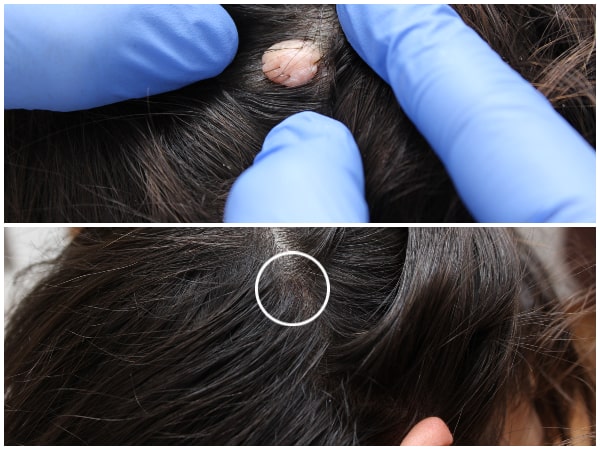MOLE REMOVAL
- Home
- -
- NON SURGICAL
- -
- Laser Treatments
- -
- MOLE REMOVAL

MOLE REMOVAL BRIEFLY
Duration of treatment
30΄- 60΄
Anesthesia
Local
Results
Permanent
recovery
Immediate
Mole excision from both face and body is a rather simple procedure. This can be done either surgically or with laser, in most cases under local anesthesia. In the majority of cases, mole removal is not performed for medical or diagnostic purposes but due to cosmetic reasons. In these cases, laser removal is preferred.
The term “nevus” or “mole” is often used in a way that refers to all benign and malignant skin lesions. It is medically correct for every skin lesion to be examined by a specialized physician, either a dermatologist or a plastic surgeon to ensure a correct diagnosis. After the clinical evaluation, removal of the skin lesion can be safely performed.
Μole removal with lasers is an absolutely safe medical procedure, provided that medical examination has preceded. Furthermore, the procedure has the advantage of a better cosmetic outcome. With this method there is no use of sutures and the scar is almost invisible after a few months.
Additionally, the use of CO2 laser is very effective in treating the following medical conditions:
- Eyelid xanthelasma
- Skin papillomas
- Skin warts
- Hyperkeratosis
- Callus
What should I expect after the procedure?
With laser mole removal we cause a superficial skin wound. Within 2-3 days, a crust is created that covers the treated area and this fells off after 7-10 days. What remains is a pink spot that gradually becomes paler. Water contact is allowed immediately after the procedure. In certain cases, the use of a healing cream is recommended for a short period of time.
Is laser mole excision painful?
The procedure is carried out under local anesthesia and thus is completely painless.
What is the cost of laser mole excision?
The total cost of the procedure depends on the nature, size and number of lesions that are treated.
Before & after photos
MOLE REMOVAL BRIEFLY
Duration of treatment
30΄- 60΄
Anesthesia
Local
Results
Permanent
recovery
Immediate


